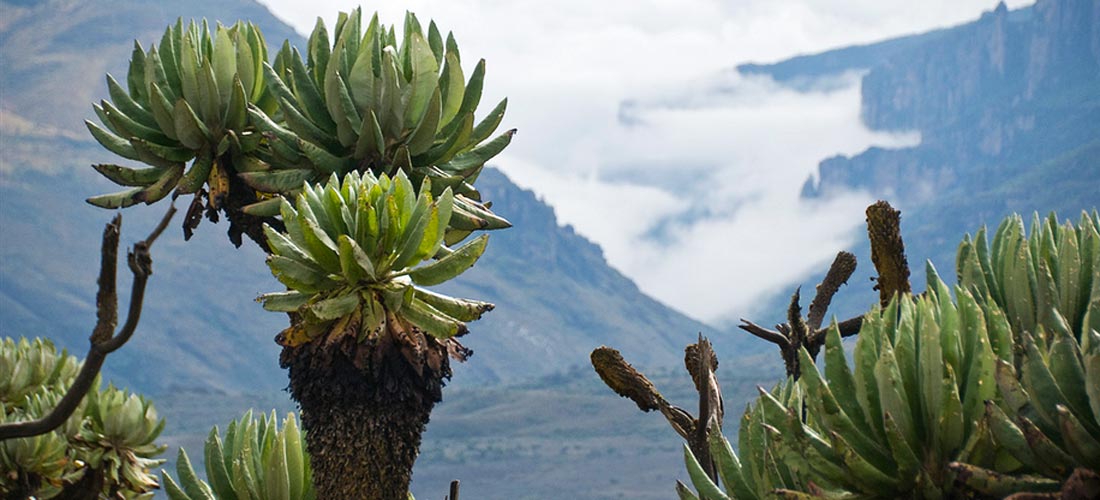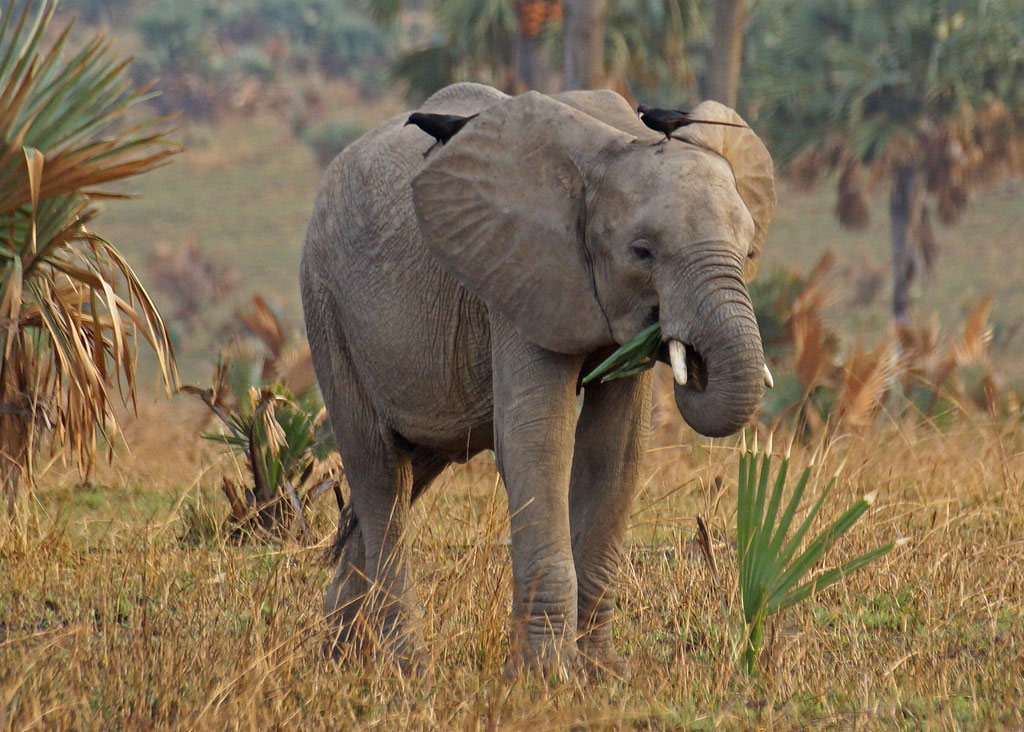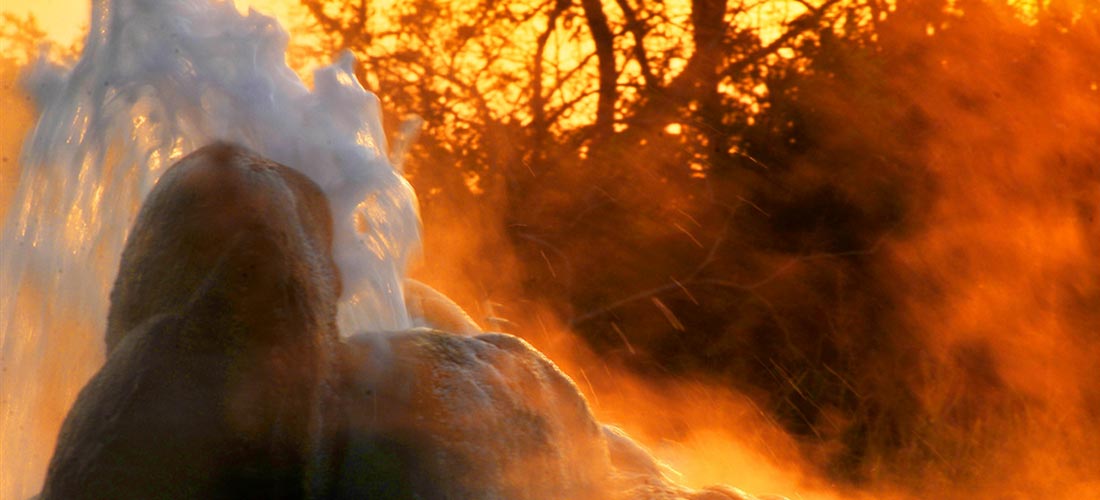Although Uganda is rich in nature and culture, the country is particularly known for the mountain gorilla safaris. It is the largest living primate, world’s most endangered ape and without a doubt the most fascinating creature that speaks to your imagination. Experience an unforgettable meeting with these gentle primates yourself ! We would be happy to provide you with a suitable gorilla safari itinerary.
How do I get a gorilla permit?
Kori Safaris is a registered tour operator so we will buy your gorilla trekking permit from Uganda Wildlife Authority (UWA) in advance. Only 8 people per group are allowed to trek each day. It is therefore necessary to book permits as early as possible. We strongly advise you book at least 3 months in advance to ensure that you can track on the requested date, especially if you plan to trek during the peak season (school holidays or vacations) or when you are in a large group.
What is the cost of a gorilla trekking permit in Uganda?
Uganda gorilla permits cost USD$700 per person, inclusive of park entry fees, and must be paid for in full prior to the tour. Uganda gorilla permits are issued by Uganda Wildlife Authority (UWA).
What is the cost of a gorilla trekking permits in Rwanda?
Rwanda gorilla permits cost $1500. They include park entry fees and must be paid in advance. Rwanda gorilla trekking permits are issued by the Rwanda Development Board and will be purchased by Kori Safaris on your behalf.
Is the money for permits refundable in any case?
Permits are non-refundable. However, visitors who track the Mountains Gorillas for the whole day and are (in the highly unlucky 2% of visitors who don’t see them), for whatever reason, will be refunded 50% of the gorilla trekking fee. Purchasing a gorilla permit is not a guarantee that Mountains Gorillas will be clearly seen. Any visitor who shows signs of a communicable illness (such as a cold or flu) will not be allowed to join the gorilla tour. If a visitor is declared unfit to trek due to illness, 50% of the gorilla tracking fee will be refunded, subject to the discretion of the UWA warden-in-charge. The cancellation policy will apply to visitors who fall sick prior to their travel to the parks.
What is the minimum age limit for tracking gorillas?
The minimum age limit for visiting the gorillas is 16 years old.
Where do we find the habitats of these great apes?
Obviously, the mountain gorilla is the most endangered species of the great apes family. And because they can’t survive in captivity, you will never see a mountain gorilla in the zoo. The mountain gorillas live in the almost impenetrable parts of the tropical forests in East-Africa. The entire world’s population is spread out over only two different places. Approximately 320 individuals inhabit the slopes of the Virunga Volcanoes, stretching out from the border area in Congo to Rwanda. The remaining 300 are found in Bwindi National Park in Uganda, covering an area of about 330 sq kms.
Explain the family lifestyle of the gorillas
Gorillas live in groups consisting of about 25 to 35 members. Usually there is one leading male, accompanied by several females with their young.
When a baby gorilla is born it weighs on average 2.5 kg, which is about half the weight of a human baby. However, this baby develops twice as fast. Within 40 weeks it can walk and reaching 3 years it slowly becomes independent. At 6 years they are about 1.20 meter tall and weigh almost 70 kg. At this age the female gorilla matures, though they continue gaining weight for the next 4 years. Males on the other hand don’t reach maturity till they’re 10 years old. When their black back starts turning into grey it is time for them to leave the parental group. They wander alone or join other males for some time, before attracting females who will join them. In this way they form their own family.
What causes the dwindling numbers of gorillas?
Gorillas reproduce slowly; hence the world population doesn’t increase rapidly. Gestation period is approximately 8.5 months and gorilla mothers give birth to a baby once every 4 years. Unfortunately at least 30% doesn’t survive their first year because of diseases and accidents. Another situation that causes death among the baby gorillas is when their father dies and another silverback takes over. This new male often kills all the babies of his predecessor, securing his own genes in the posterity.
What is the relationship between people and gorillas?
Although the chimpanzee is our closest living relative on the planet, the gorilla resembles us in even more aspects. Their hands and feet are like ours, they spend more time on the ground and consequently gorillas are better able to walk. In fact, they share almost 98% of our DNA!
Isn’t it dangerous for people to get close to these apes?
Aggression is rarely seen within gorilla families. Despite their impressive looks, they are extremely gentle and peace loving. In case of danger they standup for each other and defend the weaker ones. Serious fights only might take place when two leaders of different groups meet each other.
Who is the leader of a gorilla family?
Hierarchy is clear and important within the gorilla family. The dominant silverback enjoys the highest rank and the adult females rule over the younger ones. Like with other species in the animal world, gorilla males achieve the high ranking because of their size. Male mountain gorillas can weigh up to 200 kg and can reach 1.70 meter when they’re standing upright. Besides the strength they also have to prove their experience and abilities. It is their duty to protect their family from danger and intruders. It is not difficult to figure out where the name silverback comes from. Around the age of 12 years, they develop light grey hair on their back, giving them a silver back.
What Gorilla families are habituated in Uganda?
In Uganda, there are several gorilla families that you can visit for gorilla trekking in two national parks: Bwindi Impenetrable Forest National Park and Mgahinga Gorilla National Park. Here are some of the gorilla families you might encounter:
In Bwindi Impenetrable Forest National Park:
- Mubare Group: This was the first habituated gorilla group for tourism in Bwindi. It is located in the Buhoma area of the park.
- Habinyanja Group: Another group in the Buhoma area, the Habinyanja family is known for its playful juveniles.
- Rushegura Group: This family is found in the Buhoma area as well. It’s a relatively new family for tourism and is known for its calm and relaxed nature.
- Bitukura Group: Located in the Ruhija area of Bwindi, this family is known for its well-behaved juveniles.
- Oruzogo Group: Also situated in Ruhija, the Oruzogo family is known for its playful and active members.
- Nkuringo Group: Found in the Nkuringo area, this family has a challenging trek due to steep terrain, but it’s worth it to see these majestic creatures.
- Bushaho Group: This is a smaller, less frequently visited family located in the Rushaga sector of the park.
- Bikingi Group: This family is found in the Rushaga sector, and it’s known for its large number of silverbacks.
- Mishaya Group: Also located in the Rushaga sector, this family has a history of splits and reunifications.
- Nshongi Group: This is one of the largest gorilla families in Bwindi, with multiple silverbacks and many members.
- Kahungye Group: Situated in the Rushaga area, the Kahungye family is another relatively large group.
In Mgahinga Gorilla National Park:
- Nyakagezi Group: This is the only habituated gorilla family in Mgahinga National Park, and it has both silverbacks and infants.
Please note that the composition of gorilla families can change over time due to births, deaths, and the natural social dynamics of these groups. When you book a gorilla trekking permit, you’ll be assigned to one of these families for your visit. Your experience can vary based on the group you are assigned to, but all encounters with these gentle giants are a unique and unforgettable experience.
 How do these primates spend their day?
How do these primates spend their day?
A regular day of a mountain gorilla starts at break of day, around 6 am. They wake up and begin looking for food which takes up almost all part of the morning. Overall, a gorilla spends at least 30% of the day feeding, 30% trekking and 40% resting. On the contrary to many primates, the gorilla lives mainly on the ground. They trek about a kilometre per day within their home range of about 20sq.km.
The afternoons are mainly spent with resting and playing. This last activity is very important in the social life, especially for young gorillas, as it determines their integration into the group. They hug each other, bite, and hit or wrestle till one is pulled down on the ground. At the end of the day, just before dusk, the great apes start constructing a nest where they will spend their night. Every single gorilla has its own nest, except for the infants who sleep next to their mothers. Nests are built on the ground or in trees and are carefully constructed by branches of bushes and other plants.
What do they feed on?
Gorillas are vegetarians, though occasionally they may eat ants and other insects. Their daily meal consists of roots, leaves, stems and pith of herbs, vines and shrub, and some fruits. During certain months of the year bamboo shoots supply a major part in their diet as well. A male adult can even eat up to 20 kg per day! Because the gorillas receive a large quantity of water from its diet, they rarely have to drink.
How are they protected from getting extinct?
It may be clear that the mountain gorilla is one of the most endangered species in the world. To make people aware and to protect the gorillas, it has been made possible to visit some gorilla families. In this way visitors will learn about the life of the gorilla and revenues will benefit the conservation.
Before gorilla safaris can be made they need to be habituated to the presence of human beings. This is a long and careful process and can take several years. Special trained rangers approach them carefully and spend increasing periods of time with them. The habituation can be risky for both gorillas and humans. Not only the silverback might feel threatened, but the gorillas can also easily be infected with diseases. Therefore it is important to maintain strict rules when habituating and visiting the gorillas.
How do I contribute to the conservation of the remaining mountain gorillas?
By following these rules and through the purchase of the gorilla permit, YOU too are contributing to the conservation of the mountain gorilla. The wildlife authorities use the funds generated from the sale of your gorilla permit to manage the national parks. Twenty per cent of park entrance fees are invested in local community projects for people living adjacent to the parks – across Uganda. Contributing to these community development helps improve natural resource management and gives local people a direct and positive link to conservation and tourism.
Sample itineraries of mountain gorilla safaris to Uganda or Rwanda:
- 3 Days Rwanda Gorilla Tracking Safari
- 3 Days Uganda Gorilla Tracking Experience
- 3 Days Bwindi Gorilla Safari 3 Days
- 4 Days Bwindi Gorillas, Queen Wildlife Safari
- 4 Days Gorilla Tracking and Akagera Wildlife Tour
- 5 Days Bwindi and Lake Bunyonyi Tour
- 5 days Bwindi Gorilla & Kibale Primates safari
- 5 Days Rwanda Gorillas, Chimps Trek
- 6 Days Uganda Gorilla Tracking Safari
- 6 Days Uganda Gorilla Safari
- 10 Days Rwanda Grand Adventure Safari








